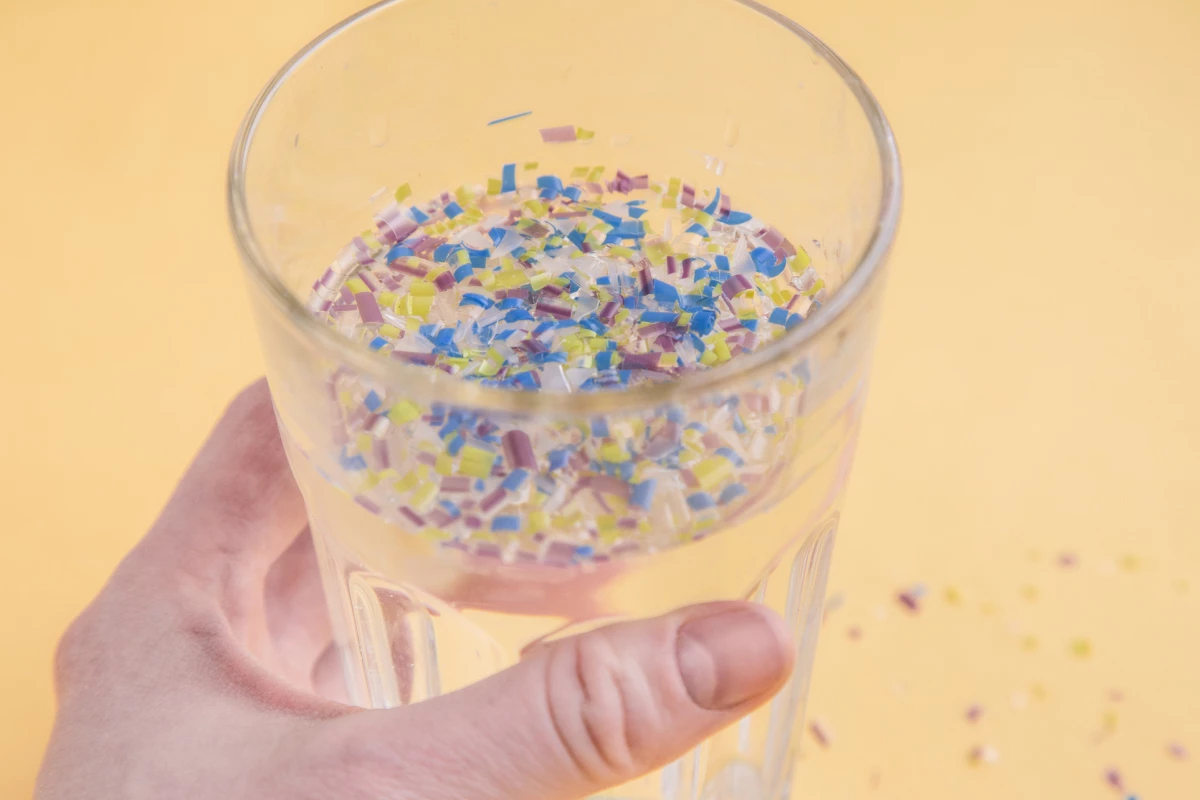Researchers may have found an effective, green way to remove microplastics from our water using readily available plant materials. Their device was found to capture up to 99.9% of a wide variety of microplastics known to pose a health risk to humans.
The health problems posed by nano- or microplastics and developing efficient ways to extract them from water have been the focus of recent research. Currently, there’s no practical technology available to universally and rapidly capture microplastics. But researchers from the University of British Columbia in Canada may have devised a biodegradable, renewable solution.
Their device, which they’re calling bioCap, exploits the properties of wood residues – including sawdust – and natural polyphenols, which generate strong molecular interactions with polymer particles, including many microplastics.
To create bioCap, the researchers used sawdust as a substrate through which to filter water, given its superior chemical and physical stability and the fact that it contains cellulose, hemicelluloses, and lignin, which facilitate efficient water transport. They modified the sawdust by adding tannic acid, a naturally occurring plant polyphenol found in almost all plants without underground root systems.
Testing its ability to capture microplastics, the researchers pumped microplastic-rich water through a column containing bioCap. The microplastics used in the experiment were those detected in the environment, including polystyrene (PS), poly(methyl methacrylate) (PMMA), polypropylene (PP), polyvinyl chloride (PVC), polyethylene terephthalate (PET) and polyethylene (PE).
Scanning electron microscopy (SEM) analysis confirmed the capture of microparticles with no noticeable change to the structure of the sawdust with the added layer of tannic acid. bioCap removed between 95.2% and 99.9% of all microplastics. Using sawdust not treated with tannic acid had a low – less than 10% – removal rate, demonstrating that the polyphenol was key to microplastic capture.
“There are microfibers from clothing, microbeads from cleansers and soaps, and foams and pellets from utensils, containers and packaging,” said Orlando Rojas, one of the study’s corresponding authors. “By taking advantage of the different molecular interactions around tannic acids, our bioCap solution was able to remove virtually all of these different microplastic types.”
The researchers next tested the ability of bioCap to remove smaller microparticles (110 nm), which are known to cross the blood-brain barrier and cause risks to health. Two groups of mice were fed either bioCap-treated or untreated water for one week, and their organs were examined for microparticle levels. bioCap-filtered water resulted in fewer microparticle accumulations in the animals’ organs.
The researchers say bioCap is simple and cheap to produce and can be scaled up or down, depending on its intended use.
“Most solutions proposed so far are costly or difficult to scale up,” Rojas said. “We’re proposing a solution that could potentially be scaled down for home use or scaled up for municipal treatment systems. Our filter, unlike plastic filters, does not contribute to further pollution as it uses renewable and biodegradable materials: tannic acids from plants, bark, wood and leaves, and wood sawdust – a forestry byproduct that is both widely available and renewable.”
The study was published in the journal Advanced Materials.
Source: University of British Columbia





